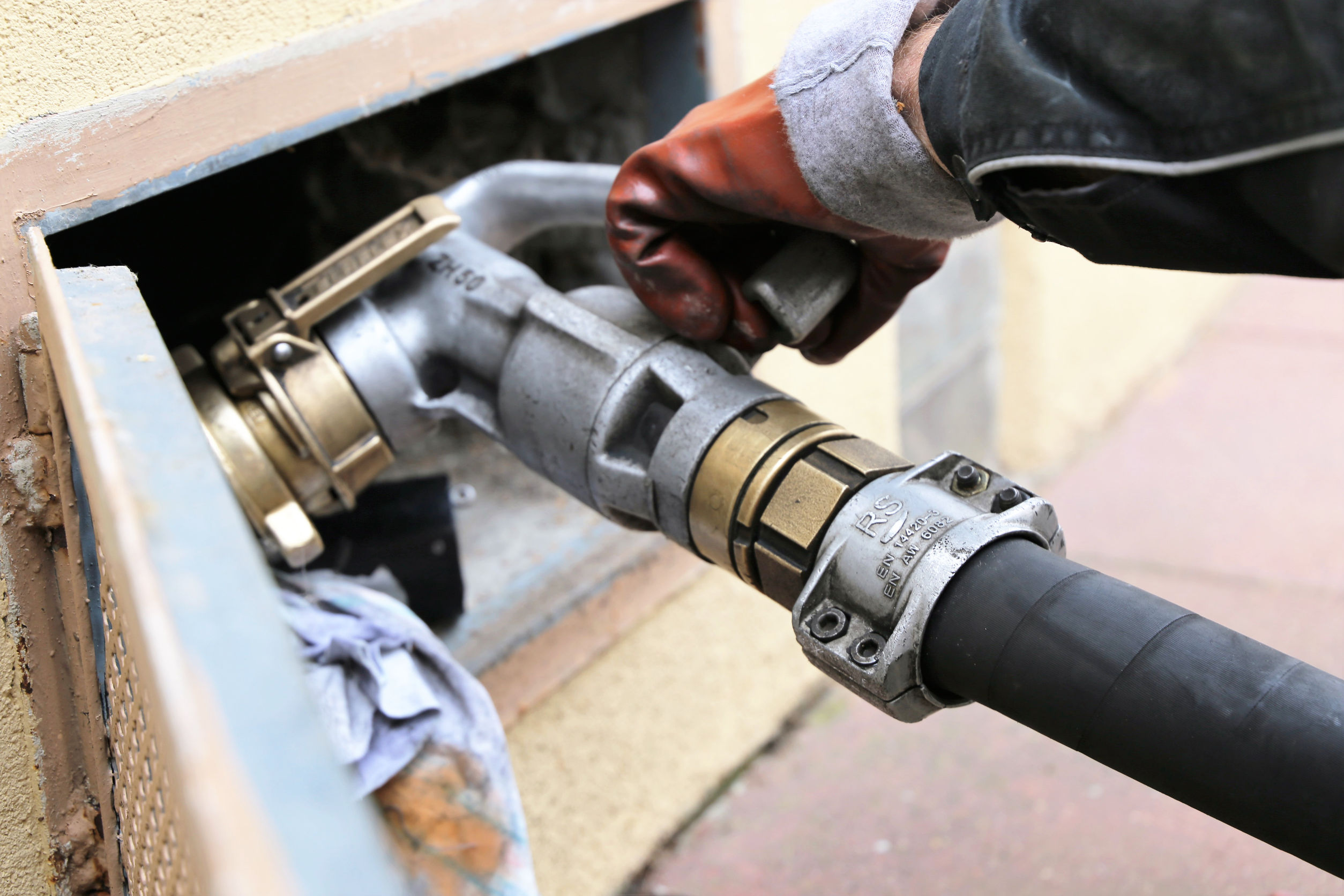Flooding can wreak havoc on your home, and carpets are often among the most affected areas. While visible damage such as stains and standing water might grab your attention, other types of carpet damage can remain hidden. These issues can lead to long-term problems like mold, structural deterioration, and health risks if not addressed promptly. Here are several types of carpet damage you might miss after a flood and why it’s essential to look beyond the surface.

Content
1. Mold and Mildew Growth
Mold and mildew thrive in damp environments, making flooded carpets a perfect breeding ground. Even if your carpet appears dry on the surface, moisture trapped in the padding or subflooring can support mold growth. This damage may not be immediately visible but can cause a musty odor and potential health issues, including allergies and respiratory problems.
How to Spot It:
Look for subtle discoloration or changes in texture. Pay attention to any musty smells, as they’re often a clear sign of mold lurking beneath the surface.
2. Subfloor Damage
Flooding doesn’t just affect the carpet itself; the water can seep through to the subfloor, causing damage to wood, concrete, or other materials. Over time, this moisture can weaken the subfloor, leading to sagging, warping, or even structural instability.
How to Spot It:
If you notice uneven areas when walking on the carpet or hear creaking sounds, it’s worth investigating the condition of the subfloor.
3. Carpet Padding Saturation
Carpet padding acts as a cushion between the carpet and subfloor, but it’s highly absorbent and retains water longer than the carpet fibers. Saturated padding can become a hidden source of moisture, promoting mold growth and creating an environment for bacteria to thrive.
How to Spot It:
Even if the carpet feels dry, check for a spongy or overly soft texture underfoot. This often indicates water is still trapped in the padding.
4. Delamination
Delamination occurs when the adhesive binding the carpet fibers to the backing starts to weaken due to prolonged exposure to water. This can cause the carpet to separate from its backing, resulting in bubbles, wrinkles, or uneven areas on the surface.
How to Spot It:
Inspect the edges and corners of the carpet for peeling or separation. Press down on the surface to feel for any loose or uneven sections.
5. Staining from Contaminants
Floodwaters often contain contaminants like dirt, debris, and even harmful bacteria or chemicals. These contaminants can leave behind unsightly stains or discoloration that might not be immediately apparent, especially if the carpet is dark-colored.
How to Spot It:
Look closely for subtle changes in color or patches that feel sticky or greasy to the touch. Be aware that stains may set in over time, becoming harder to remove.
6. Fiber Weakening
Extended exposure to water can weaken the fibers of your carpet, making them more prone to wear and tear. This damage is often not visible until after the carpet dries, when you may notice thinning or shedding of the fibers.
How to Spot It:
Run your hands over the carpet to check for uneven textures or clumps of fibers coming loose.
7. Odor Retention
Even after cleaning, flood-damaged carpets can retain odors caused by bacteria, mold, or contaminants. These odors may not be immediately apparent but can worsen over time, especially in humid conditions.
How to Spot It:
Pay attention to lingering smells in the room, particularly after closing windows and doors. Persistent odors are a strong indicator of hidden issues.
8. Edge Fraying
The edges of your carpet are particularly vulnerable to water damage. Excessive moisture can weaken the fibers at the edges, causing fraying or unraveling over time. This is often overlooked because the damage starts small.
How to Spot It:
Inspect the edges of the carpet for loose threads or uneven borders. Fraying may be more noticeable when vacuuming or cleaning.
9. Structural Damage to Tack Strips
Tack strips hold your carpet in place, but water exposure can cause these strips to warp or rust, reducing their ability to secure the carpet effectively. This damage can lead to loose or uneven carpeting.
How to Spot It:
Check for areas where the carpet feels loose or uneven. Lift a corner of the carpet to examine the tack strips for signs of rust or warping.
Addressing Hidden Carpet Damage After a Flood
Flood damage to your carpet goes far beyond what’s visible on the surface. Issues like mold growth, subfloor damage, and weakened fibers can lead to serious problems if not addressed promptly. Conducting a thorough inspection of your carpet and the areas beneath it is critical to identifying hidden damage.
When dealing with water-damaged carpets, professional assistance is often the safest and most effective solution. Certified technicians can identify and address issues you might miss, ensuring your home is fully restored and safe for your family. Proper carpet water damage restoration protects your property from long-term harm and ensures peace of mind after a flood. Don’t wait to address these hidden dangers—take action today.

Gary is a home improvement blogger who strives to improve his life and the lives of others. He provides homeowners with helpful tips on how to renovate their homes. His goal is not only to provide easy-to-follow instructions, but also share his own personal experiences for those seeking guidance.







